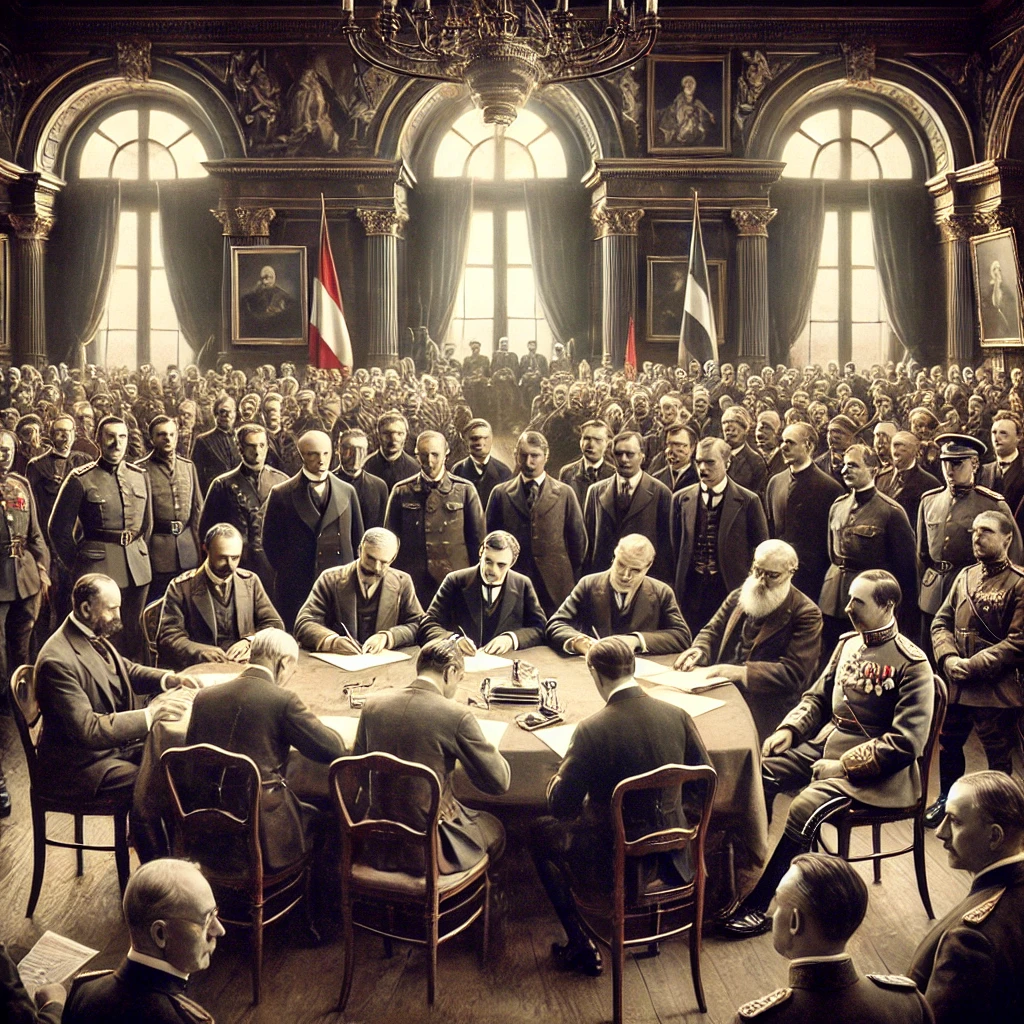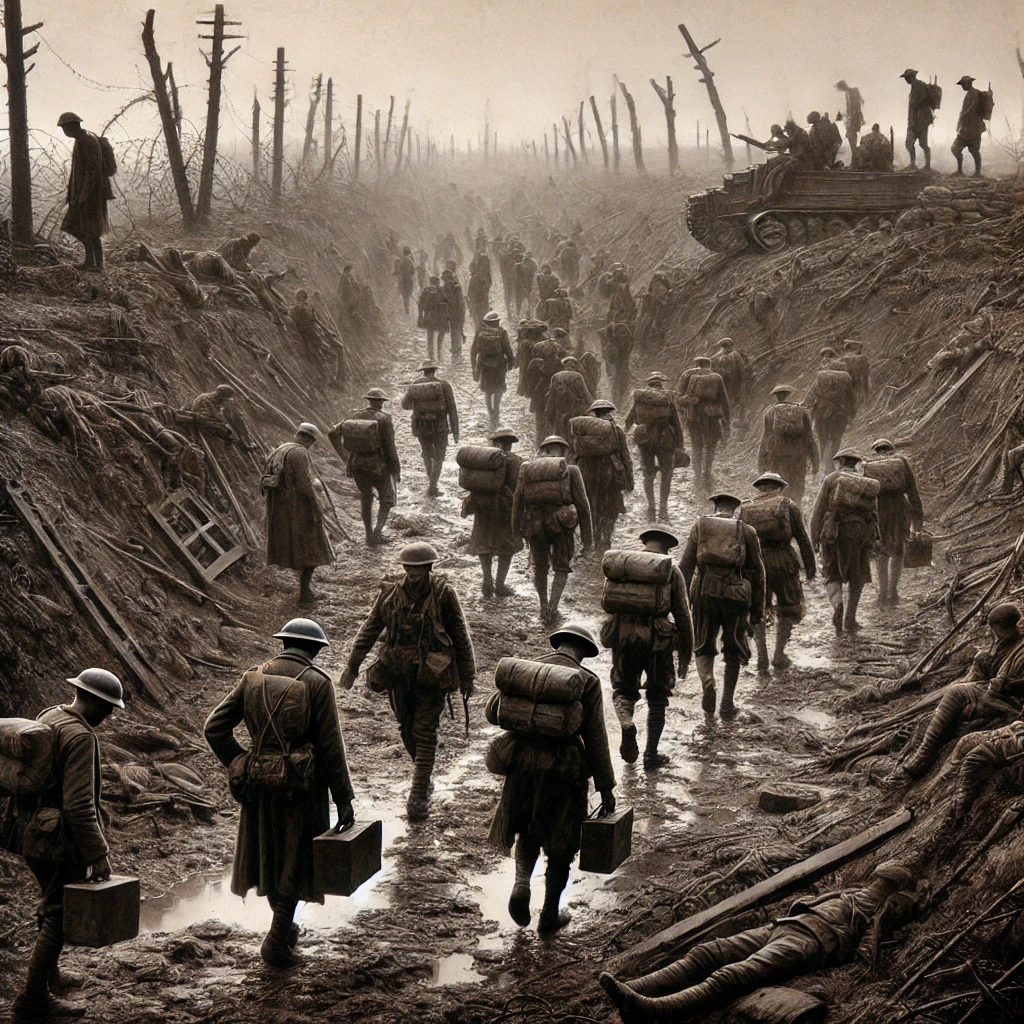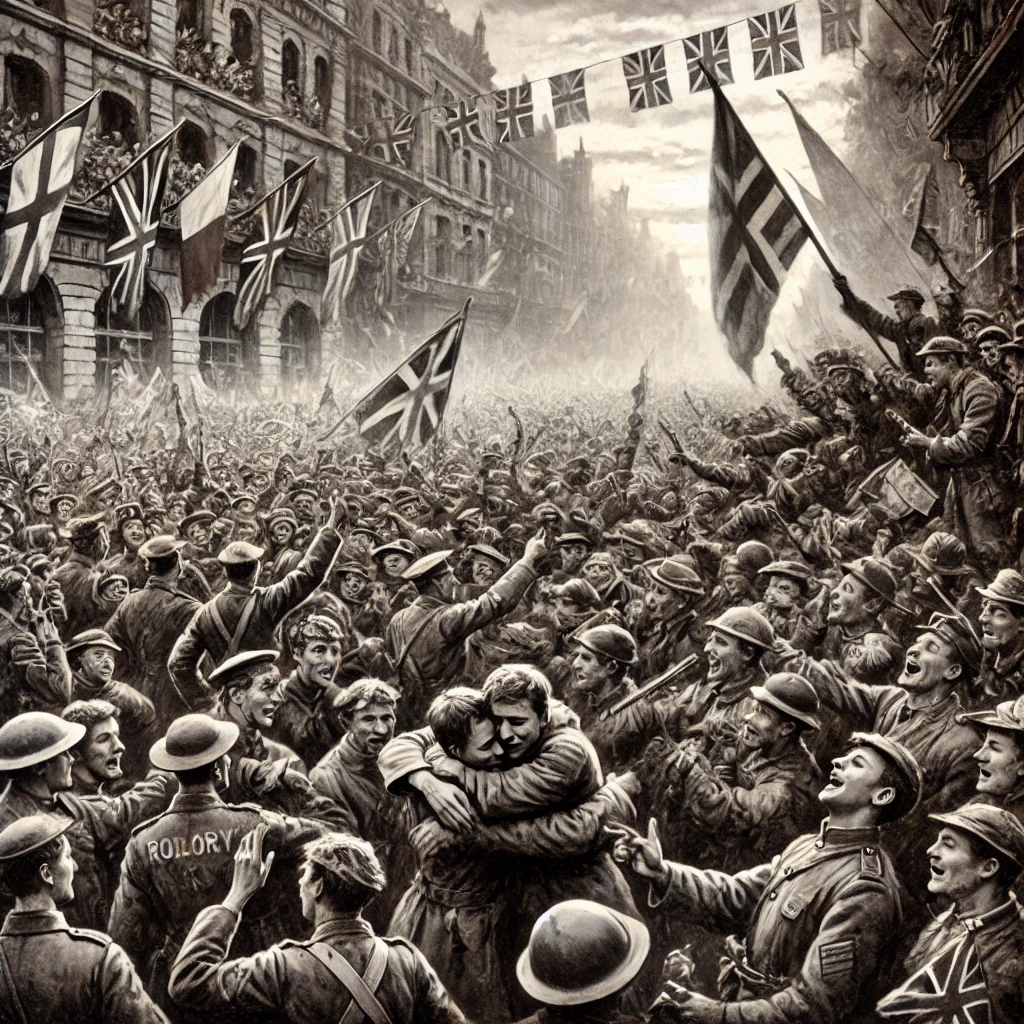On September 10th, 1919, Austria and the Allied powers signed the Treaty of Saint-Germain-en-Laye, officially bringing an end to the state of war between them and marking a significant moment in the aftermath of World War I. The treaty was one of several peace agreements that followed the conclusion of the war, and it had profound implications for Austria and the broader region. The signing of the Treaty of Saint-Germain effectively dissolved the Austro-Hungarian Empire, redrawing the map of Central Europe and setting the stage for significant political, economic, and social changes.
World War I, which lasted from 1914 to 1918, was one of the deadliest conflicts in human history, resulting in the deaths of millions and the collapse of several empires. The Austro-Hungarian Empire, a multi-ethnic and multi-lingual entity, had been one of the great powers of Europe before the war. However, the strain of the conflict, combined with internal divisions and nationalist movements, led to the empire’s disintegration. By the end of the war, the once-mighty empire was in ruins, and its future was uncertain.
The Treaty of Saint-Germain: Key Provisions and Terms
The Treaty of Saint-Germain was a critical document in the post-war settlement process, and it outlined the terms under which Austria, the successor state to the Austro-Hungarian Empire, would be recognized by the Allied powers. The treaty imposed severe territorial losses on Austria, reflecting the Allies’ desire to weaken the state that had been a central player in the war. Key provisions of the treaty included the recognition of the independence of several states that had previously been part of the Austro-Hungarian Empire, such as Czechoslovakia, Yugoslavia, and Poland.
Under the treaty, Austria was reduced to a small, landlocked republic, with its territory limited to the German-speaking regions of the former empire. The treaty also prohibited Austria from uniting with Germany, a clause intended to prevent the emergence of a large, powerful German-speaking state in Central Europe. Additionally, Austria was required to disarm and pay reparations to the Allied powers, further crippling its post-war economy and limiting its ability to recover from the devastation of the war.

The Impact on Austria and Central Europe
The Treaty of Saint-Germain had a profound impact on Austria and the broader region of Central Europe. The loss of territory and the disintegration of the Austro-Hungarian Empire left Austria economically weakened and politically isolated. The newly established Republic of Austria faced significant challenges in the years following the treaty, including widespread poverty, unemployment, and political instability. The loss of industrial regions and the separation from traditional markets further exacerbated the economic difficulties faced by the new Austrian state.
The treaty also contributed to a sense of national humiliation and resentment in Austria, feelings that were echoed in other defeated Central Powers, such as Germany. The harsh terms of the treaty and the perceived injustice of the peace settlement fueled nationalist sentiments and contributed to the rise of extremist political movements in the region. These conditions would eventually play a role in the lead-up to World War II, as the desire to overturn the post-war settlement and restore national pride became a driving force in Austrian and German politics.
The Dissolution of the Austro-Hungarian Empire
One of the most significant outcomes of the Treaty of Saint-Germain was the formal dissolution of the Austro-Hungarian Empire. The empire, which had been a major European power for centuries, was divided into several independent states, including Austria, Hungary, Czechoslovakia, and Yugoslavia. This division was based largely on the principle of national self-determination, as articulated by U.S. President Woodrow Wilson in his Fourteen Points. However, the redrawing of borders and the creation of new states also led to significant ethnic and political tensions in the region.
The dissolution of the Austro-Hungarian Empire marked the end of a multi-ethnic empire that had been a significant player in European politics. The loss of imperial power and prestige was a significant blow to Austria, which found itself reduced to a small, landlocked country struggling to find its place in the post-war world. The empire’s collapse also left a power vacuum in Central Europe, contributing to the instability and conflicts that would characterize the region in the interwar period.
The Challenges of Nation-Building and Economic Recovery
In the wake of the Treaty of Saint-Germain, Austria faced the daunting task of nation-building and economic recovery. The newly established Republic of Austria had to navigate a complex political landscape, with competing factions and ideologies vying for control. The economic situation was dire, with inflation, unemployment, and food shortages plaguing the country. The loss of key industrial regions and the separation from traditional trade partners further hindered Austria’s ability to rebuild its economy.
The political instability in Austria was exacerbated by the rise of extremist movements, including the Austrian Nazi Party, which sought to unite Austria with Germany and overturn the post-war settlement. The economic hardships and political divisions created fertile ground for these movements, which capitalized on popular discontent and frustration with the existing political order. The challenges of nation-building and economic recovery would remain central issues in Austrian politics throughout the interwar period.

The Broader Implications of the Treaty
The Treaty of Saint-Germain had broader implications for Europe and the international order. The redrawing of borders and the creation of new states in Central and Eastern Europe created a new geopolitical landscape, but it also introduced new sources of conflict and tension. The principle of national self-determination, while noble in theory, proved difficult to implement in practice, leading to disputes over borders, minority rights, and political control.
The treaty also contributed to the broader sense of disillusionment and resentment that characterized the post-war period. Many in Austria, as well as in other defeated Central Powers, viewed the treaty as a punitive and unjust settlement that did not reflect the realities of the war. This sense of grievance would later be exploited by nationalist and fascist movements, contributing to the rise of authoritarian regimes and the eventual outbreak of World War II.
The Legacy of the Treaty of Saint-Germain
The legacy of the Treaty of Saint-Germain is complex and multifaceted. On the one hand, the treaty succeeded in dismantling the Austro-Hungarian Empire and establishing new states in Central Europe. It also helped to create a new international order based on the principles of self-determination and collective security, as embodied in the League of Nations. However, the treaty also left a legacy of instability, economic hardship, and political resentment that would have far-reaching consequences.
In Austria, the treaty is remembered as a moment of national humiliation and loss. The country’s reduction to a small, landlocked state, combined with the economic hardships imposed by the treaty, left deep scars on the national psyche. The treaty’s failure to address the underlying causes of conflict in the region also contributed to the instability and tensions that would eventually lead to World War II.

The Treaty of Saint-Germain in Historical Perspective
The Treaty of Saint-Germain, like the Treaty of Versailles, is often viewed as a flawed attempt to create a lasting peace after World War I. While it succeeded in dismantling the Austro-Hungarian Empire and creating new states, it failed to address the underlying economic, social, and political challenges facing the region. The treaty’s punitive terms and the sense of injustice it engendered contributed to the rise of extremist movements and the eventual outbreak of another devastating conflict.
In historical perspective, the Treaty of Saint-Germain can be seen as both a product of its time and a cautionary tale about the challenges of peacebuilding. The treaty reflects the complex and often contradictory goals of the Allied powers, who sought to weaken their former enemies while also promoting stability and self-determination. The treaty’s legacy serves as a reminder of the difficulties of creating a just and lasting peace in the aftermath of a major conflict.
The Enduring Impact of World War I’s Peace Settlements
The signing of the Treaty of Saint-Germain marked the official end of World War I for Austria, but it also set the stage for the challenges that would define the interwar period. The treaty, along with the other peace settlements of the time, played a crucial role in shaping the post-war order in Europe. However, the flaws in these agreements, particularly their failure to address the deep-seated economic and political issues of the time, contributed to the instability and conflict that would later engulf Europe once again.
The Treaty of Saint-Germain is an essential part of the broader history of World War I and its aftermath. It represents both the aspirations and the limitations of the post-war peace process, highlighting the complexities of nation-building, the dangers of punitive peace terms, and the enduring impact of war on societies. As we reflect on the treaty’s legacy, it is important to recognize its role in shaping the modern history of Europe and its lessons for future peacebuilding efforts.
Conclusion: The Treaty of Saint-Germain and Its Historical Significance
The Treaty of Saint-Germain was a pivotal moment in the aftermath of World War I, marking the end of the Austro-Hungarian Empire and the beginning of a new era in Central Europe. The treaty’s harsh terms and its impact on Austria had far-reaching consequences, contributing to the economic hardships, political instability, and nationalist tensions that would define the interwar period. The treaty also serves as a reminder of the challenges of peacebuilding and the importance of addressing the underlying causes of conflict.
As we look back on the Treaty of Saint-Germain, it is clear that its legacy is both significant and complex. The treaty helped to reshape the map of Europe, but it also left a legacy of division and resentment that would continue to influence the region for decades to come. Understanding the historical significance of the Treaty of Saint-Germain is essential to understanding the broader history of World War I and its enduring impact on the world.
